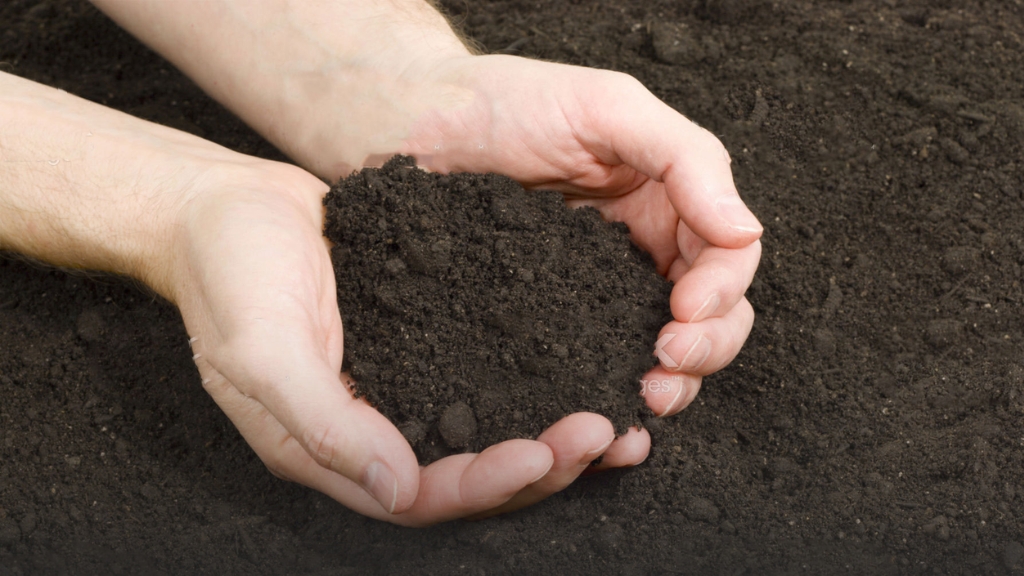
What is Black Cotton Soil?
Crop: Cotton
Color: Black
Region: Tropical and subtropical terrains
Contains: Carbonates, potash, calcium, lime, magnesium, iron, organic matter, nitrogen, and phosphorus
Black cotton soil gets its name from its black color and is formed by the presence of titaniferous magnetite. This soil is clay-rich and is studded with cracks during the dry season to let the airflow through it. This soil is very good for the cultivation of crops, but its shrinkage and swelling are a problem when it comes to engineering structures on it.
Features of Black Cotton Soil
- Clay-like texture (50% of black soil is made up of clay)
- Extreme fertility
- Brittle or lumpy structure
- Shrinks and cracks upon drying
- Swells when wet (which means it can retain water)
- Difficult to till
Black Cotton Soil Properties
- Dry Density: 1300 to 1800 kg/㎥
- Liquid Limit: 40 to 120%
- Plastic Limit: 20 to 60%
- Specific Gravity: 2. 60 – 2.75
- Maximum Dry Density: 20 to 35%
- Compression Index: 0.2 – 0.5
Chemical Composition of Black Cotton Soil
- Alumina: 10%
- Iron Oxides: 9-10%
- Lime and Magnesium Carbonate: 6-8%
- Potassium: < 0.5%
- Low Phosphate, Nitrogen, and Humus
Types of Black Cotton Soil
Based on Thickness, Black Soil is Classified as
1. Deep Black Soil
This type of black cotton soil is more than 1 cm thick and is typically found in lowlands.
2. Medium Black Soil
This type of black cotton soil is 30 to 100 cm thick.
3. Shallow Black Soil
This type of soil is suitable for the production of cotton, gram, wheat, and rice. Shallow black soils are less than 30 cm thick. Deep black cotton soils are very fertile and suitable for the cultivation of cotton, rice, citrus fruits, sugar cane, etc. It is made of 40%-60% clay.
Black Cotton Soil Foundation
Black soil is a sedimentary soil type that occurs at the site of its formation. That is, it does not move from its original location. How? Because it is formed because of the wear and tear of rocks in the area. Formation of black soil requires warm climatic conditions and host rocks from igneous or basalt rocks of volcanic eruptions. These igneous rocks weather and crack from the cooling and solidification of lava which is why it is also called lava rock.
Identification Characteristics of Black Cotton Soil
- Black cotton soil has very fine particles that are invisible to the naked eye.
- They have wide cracks in summer.
- It looks muddy and sticky in the rainy season.
The Advantage of Black Cotton Soil
- Black soils are naturally very fertile, making them very useful for cultivation.
- Its iron-rich grain structure makes it windproof and waterproof.
- Black soil is good for rain-fed cultivation because it has excellent moisture retention.
- Cracks in black soil can be used as rainwater channels.
- They also have high dry load capacity.
Drawbacks of Black Cotton Soil in Construction
- The soil’s carrying capacity is low when wet.
- Swelling and drying properties make soil management very difficult.
- If the volume increases from 20% to 30% of the original volume, the foundation will crack and it is not safe to build on this soil.
- Due to its anomalous properties, any structure should be highly stabilized.
Black cotton soil Stabilisation
Black soil containing lime
Lime has been used for decades to stabilize black soil. The high plasticity of black soil is gradually reduced with the use of lime, making it easier to work with. And the reaction between soil and lime forms a stronger resistance.
Black soil with brick dust
Mixing cotton black soil with brick dust greatly increases the strength of the soil. Mixing bagasse ash-containing brick powder with black cotton soil gradually increases the unrestricted compressive strength of the soil.
Precautions to Be Taken While Constructing in Black Cotton Soil
The following precautions should be taken when building on black soil.
- RCC Raft Foundation should be done.
- Foundation excavation should be done beyond crack depth.
- In order to prevent close contact with the black soil, make the excavation width wider than necessary and fill the excess width with granular material.
- Black soil removal is recommended if the black soil layer is up to 1200mm.
The depth and thickness of the black soil can be determined from cracks in the ground. Remove soil up to a depth of 1200mm. The foundation trench is 150mm wider and the crack stops below 1500mm deep. The remaining depth and width of the foundation are filled with other materials such as sand, bricks, and fly ash. The foundation is driven to prepare a foundation bed on which a normal foundation can be made.
A Final Word: Excavation depth of Black Cotton Soil
After removing the black soil, excavate to a depth of 750mm. Widen each side of the base by 75mm and mortar the individual stones. The additional depth is fixed at 450mm, filled with 300mm of sand in a layer of 150mm and fully hammered with an iron rammer. After the black dirt is removed, the extra depth is filled with rock that can be the foundation.
Black Cotton Soil FAQs:
1. Where is black cotton soil found in India?
Black cotton soil, also known as “Regur Soil’ covers about 15% of Indian territory. This includes most of the Deccan Plateau, i.e., parts of Andhra Pradesh, Gujarat, Madhya Pradesh, Maharashtra, and Tamil Nadu.
2. Which mineral is found in black cotton soil?
Black cotton soil contains kaolinite, a clay mineral that causes swelling and shrinkage.
3. Which nutrient is rich in black soil?
The black cotton soil is rich in alumina, magnesia, iron, and lime along with potash. They lack organic matter, nitrogen, and phosphorus.
4. What is the pH of black soil?
The pH of black cotton soil lies between 7.2 to 8.5
5. Which fruit plants grow in black soil?
Because of its high water-retaining capacity, black cotton soil is suitable for growing citrus fruits.






